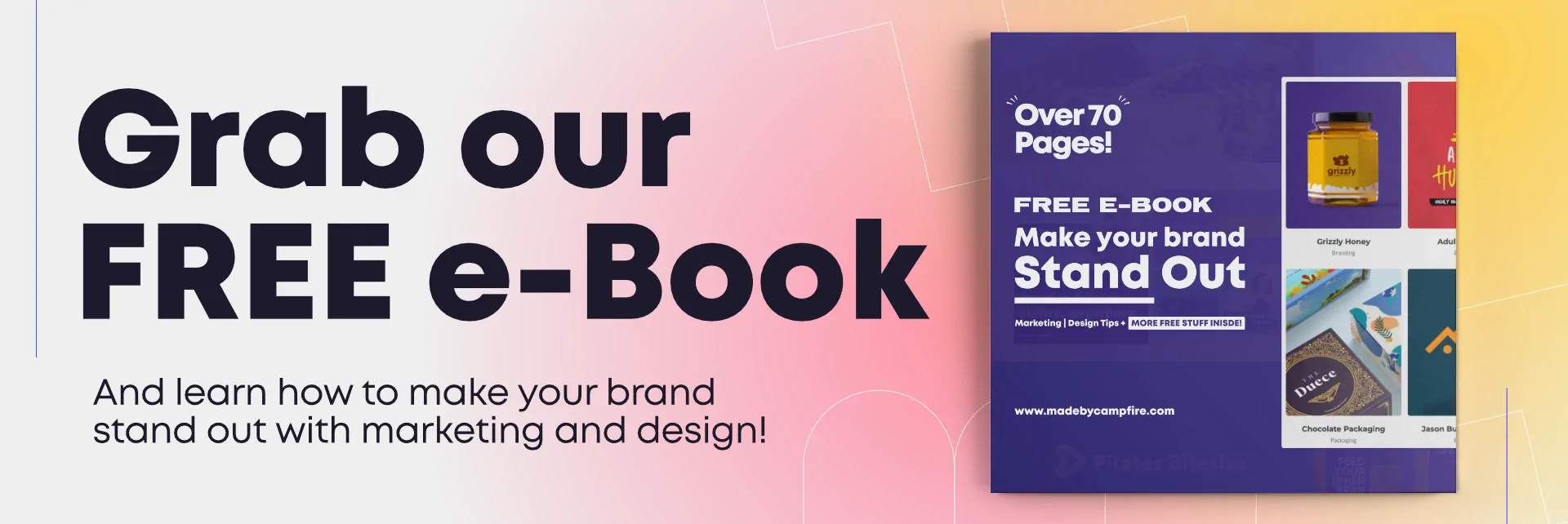The Conversion Funnel is a great tool for finding and bridging gaps in your conversion process within your business and better connecting with your customers. As a business, you might often struggle with creating effective marketing strategies that drive sales. One of the most important concepts to understand when it comes to marketing is the conversion funnel. The conversion funnel is a framework that outlines the journey a customer takes from discovering your product or service to becoming a paying customer. In this blog post, we'll explore the conversion funnel and how small businesses can use it to improve their marketing efforts.
What is the Conversion Funnel?
The conversion funnel is a visual representation of the different stages that a customer goes through before making a purchase. The funnel is divided into four stages:
- Awareness: The customer becomes aware of your product or service
- Interest: The customer shows interest in your product or service
- Desire: The customer develops a desire for your product or service
- Action: The customer takes action and makes a purchase
Each stage of the funnel requires a different marketing approach. By understanding the conversion funnel, you can create targeted marketing strategies that move customers through each stage of the funnel and ultimately lead to more sales.

How to Use the Conversion Funnel to Improve Marketing
- Awareness: At the top of the funnel, the focus is on creating brand awareness. This can be achieved through various marketing channels such as social media, content marketing, and advertising. Small businesses should focus on creating content that attracts potential customers and encourages them to learn more about the product or service.
- Interest: Once potential customers are aware of your product or service, the next step is to capture their interest. This can be done by providing more information about the product or service, offering a free trial or demo, or providing social proof in the form of customer reviews and testimonials.
- Desire: At this stage, potential customers have shown interest in the product or service and now need to be convinced that they need it. Small businesses can create a sense of urgency by offering limited-time discounts or promotions, highlighting the unique features and benefits of the product or service, or providing case studies that demonstrate how the product or service has helped other customers.
- Action: The final stage of the funnel is where the customer takes action and makes a purchase. Small businesses can encourage customers to take action by making the purchase process as simple and easy as possible, offering multiple payment options, and providing excellent customer support.
The conversion funnel is a powerful tool that small businesses can use to improve their marketing efforts. By understanding the different stages of the funnel and creating targeted marketing strategies for each stage, small businesses can attract more customers and ultimately increase sales. Remember to continuously monitor and optimize your marketing strategies to ensure that they are effective and driving results.
Before we head off though!

Attention business owners! 📣
Want to take your business to the next level? Get our FREE e-book "How to Make Your Brand Stand Out" today! 💻📚
Sign up to our newsletter and grab this FREE e-book: www.madebycampfire.com/newsletter-book-signup
Discover the Secrets to Effective Marketing: Learn How to Put the Right Message in Front of the Right Customers to Generate More Profit, Good Reviews, and Decrease Customer Acquisition Costs. With Our FREE e-book with over 70 pages! + Even more FREEBIES inside!



.png)